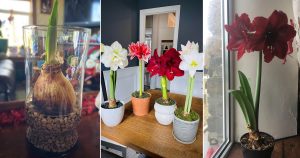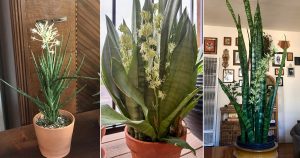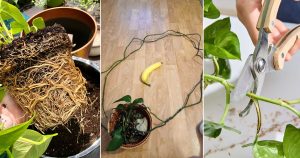After talking with someone who gardens in her wheelchair, I started thinking about other people who might enjoy gardening but think that doing so is not possible due to their physical limitations. I realize that I am no expert in this area, but I thought I would throw out a few ideas, and hope that those of you who are more experienced than I am will pipe up with your own tips.
Container Gardening is Where It’s At: It strikes me that container gardening is particularly well suited to people who need certain accommodations to enjoy gardening. For starters, pots are usually placed on hard surfaces, which are easier to traverse for those in wheelchairs or who are unsteady on their feet. Also, large containers or planters raise the plants up to lap-level if you will be sitting while gardening. Even if you will be standing while gardening, having plants higher up will be easier on your back, hips and knees. Smaller pots can be placed on plant stands to raise them up to an appropriate height. If needed, containers can be spaced at the correct distance apart to allow a gardener using a wheelchair or walker to easily move around his or her pots.
Train Your Plants to Meet Your Needs: If you’d like to grow fruit trees, but reaching up high is difficult or not possible, try espaliering your fruit tree. This means training a tree to grow in the shape of a hedge along a wall or trellis. The branches grow straight out to the sides, along the wall, and fruit is easily accessible. Espaliering actually encourages better fruit production than allowing a tree to grow in a more natural shape, so it’s a win-win.
Choosing the Right Tools: If holding heavy tools is difficult because of arthritis or weakness in your arms or hands, there are plastic tools that are lighter and easier to grip. Cushioning can be added to the handles of such tools if a wider handle would make gripping it easier. A light weight power tool can make trimming easier if repetitive squeezing hurts your hands. If you don’t want to use a power tool, it might be worth investing in some of the more expensive clippers designed to do most of the hard work for you.
Common Sense Safety: For all gardeners, good back posture will help reduce or eliminate back strains. Also, it is a good general practice to not spend a long period of time doing the same repetitive motion. Spend a few minutes trimming, then move to digging a hole, then a bit of weeding, before continuing with the trimming. Always garden when your gardening space is well lit to avoid inadvertently hurting yourself. I once cut a toe because I was gardening at night with sandals on. I didn’t see my clippers on the edge of the air conditioning unit and knocked them off the unit and onto my foot. Needless to say, all gardeners should garden with real shoes on if possible, and put their tools in a safe place when not using them.
Watering: When potting up your plants, mix in special crystals which retain water. Alternatively, put mulch over all exposed dirt. And only water in the evening, when less of the water will evaporate before your plants can use it. All three of those tips will help your pots retain moisture and thus not require a heavy watering can to be lugged around. If you have access to a water faucet in your gardening space, you can purchase a relatively inexpensive drip watering systems that will automatically water your plants. If you must use a watering can, chose a lightweight plastic can, and only fill it with an amount of water that you can easily carry around.
I am sure I have only scratched the surface here. What ideas do you think would help someone with physical limitations enjoy gardening?







